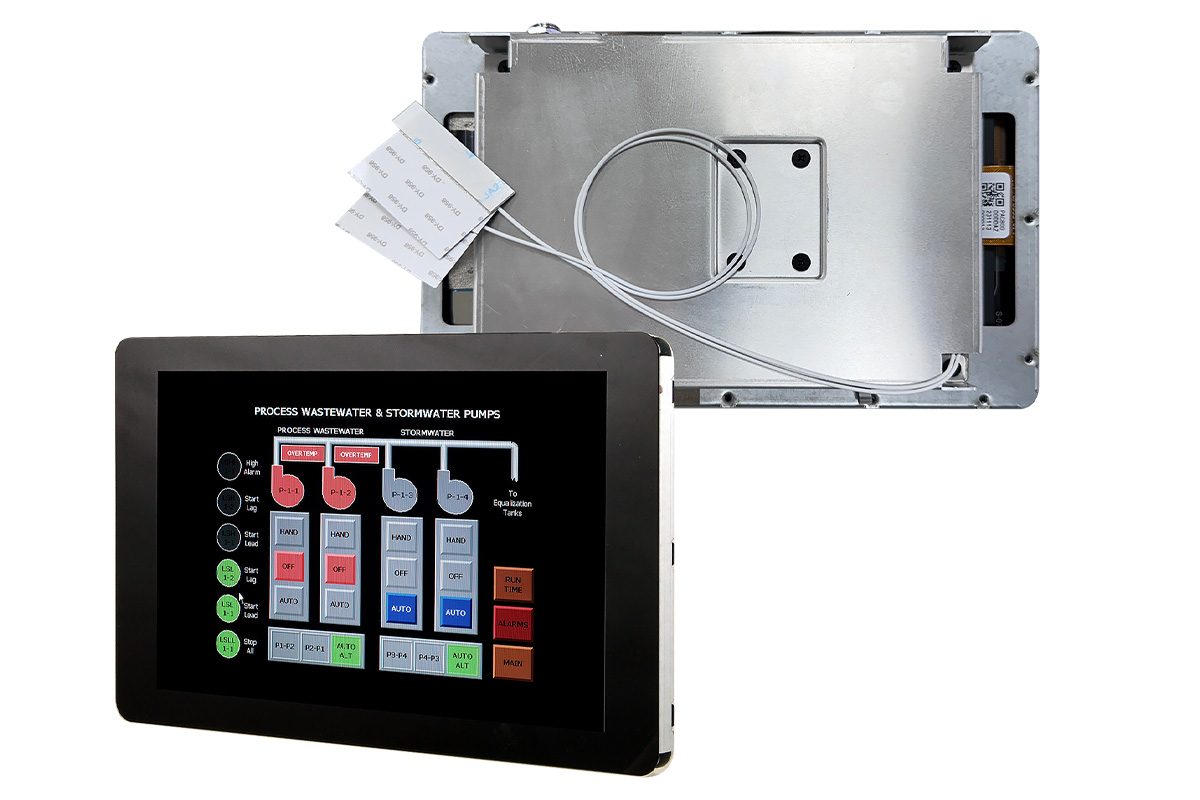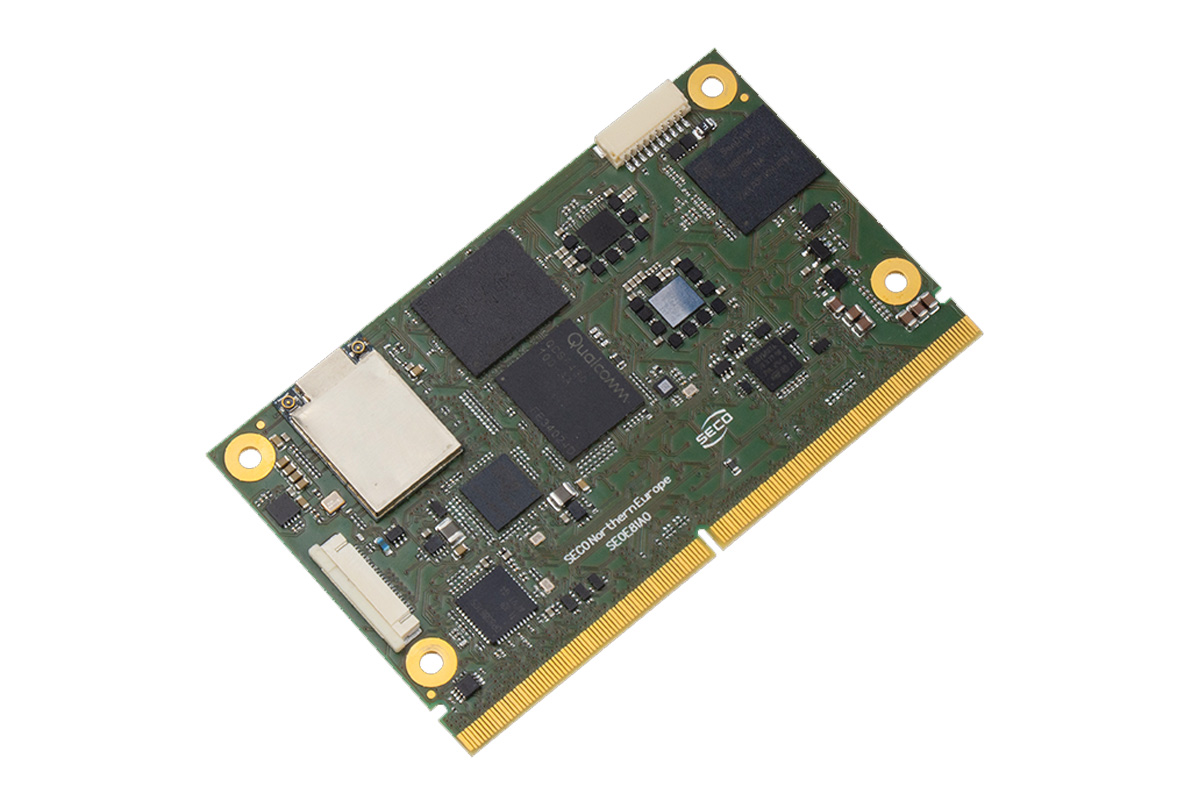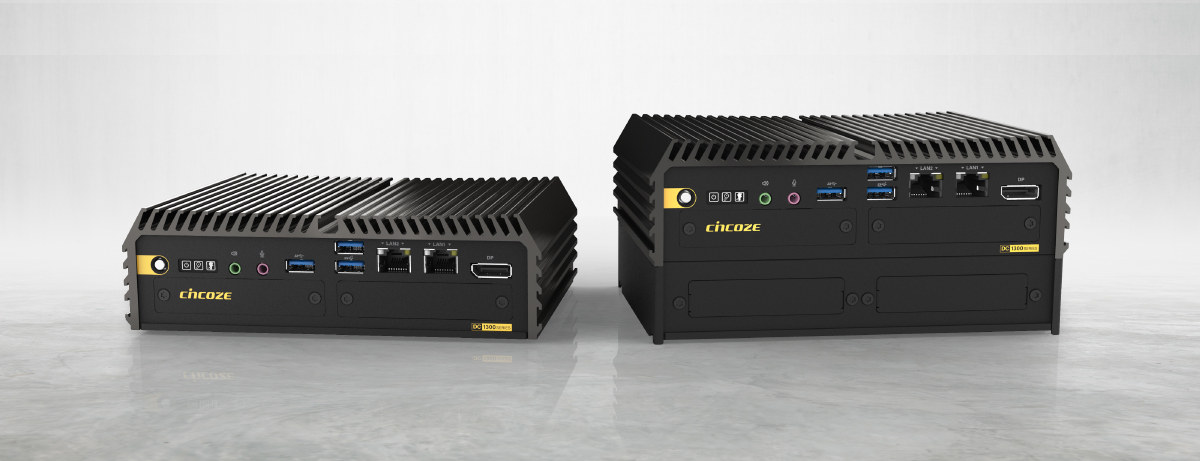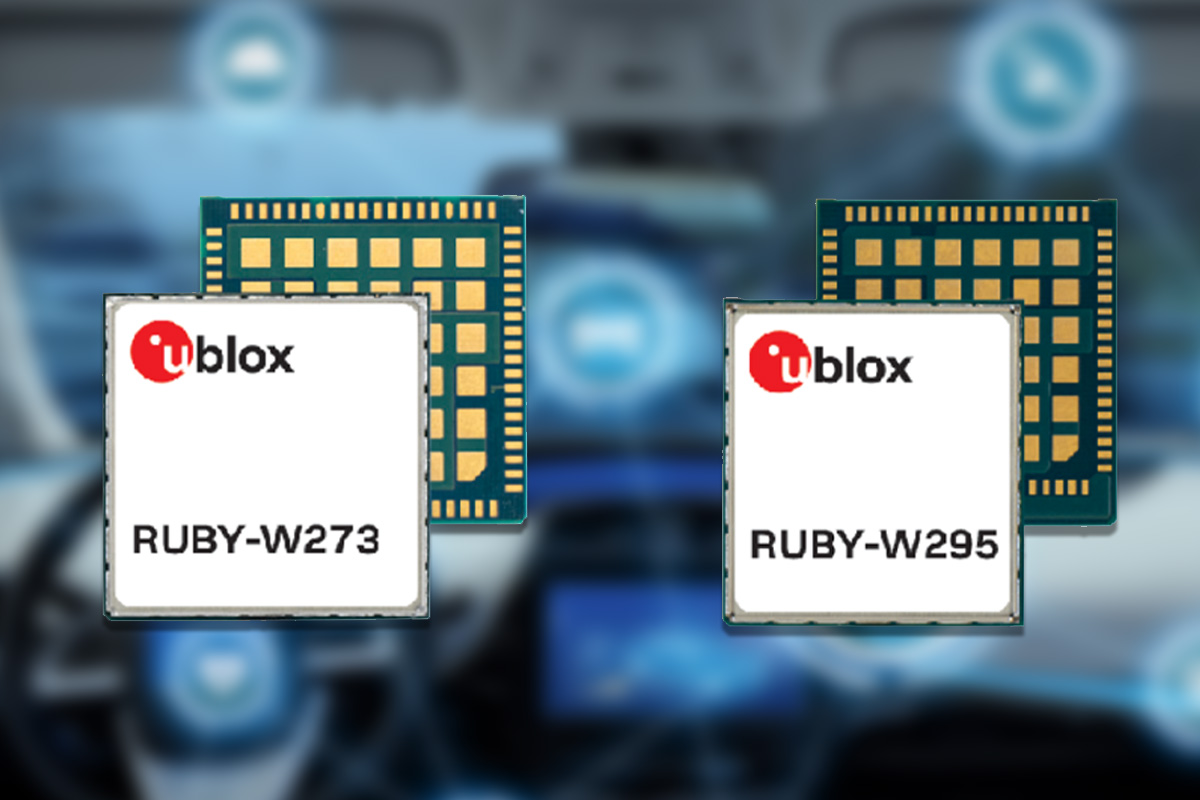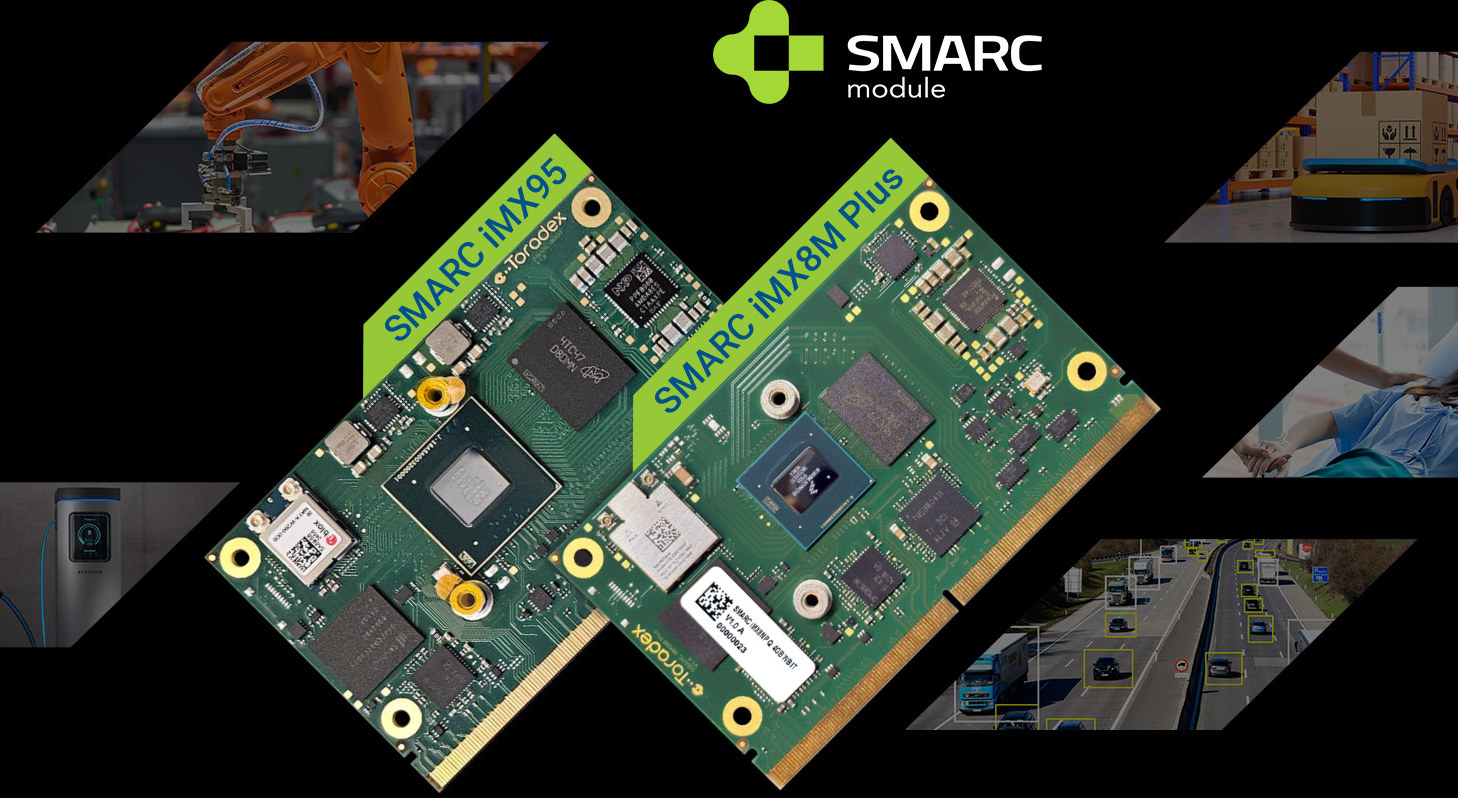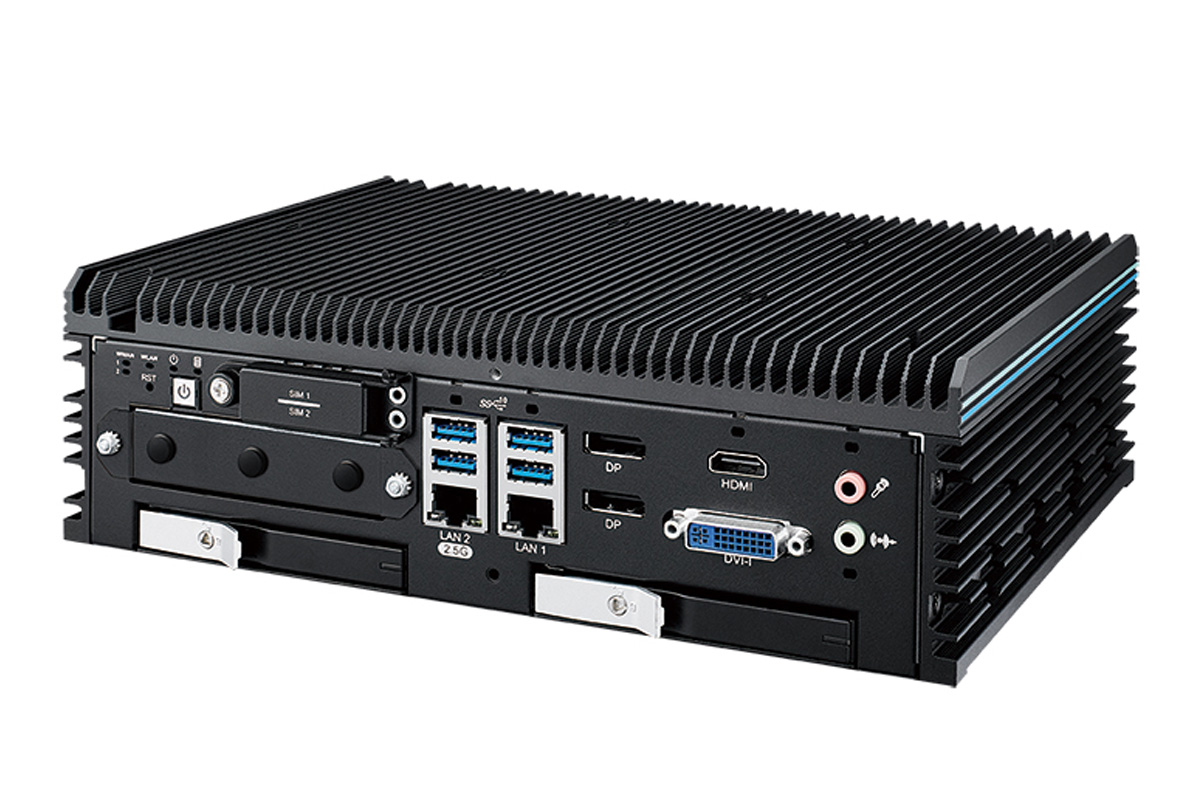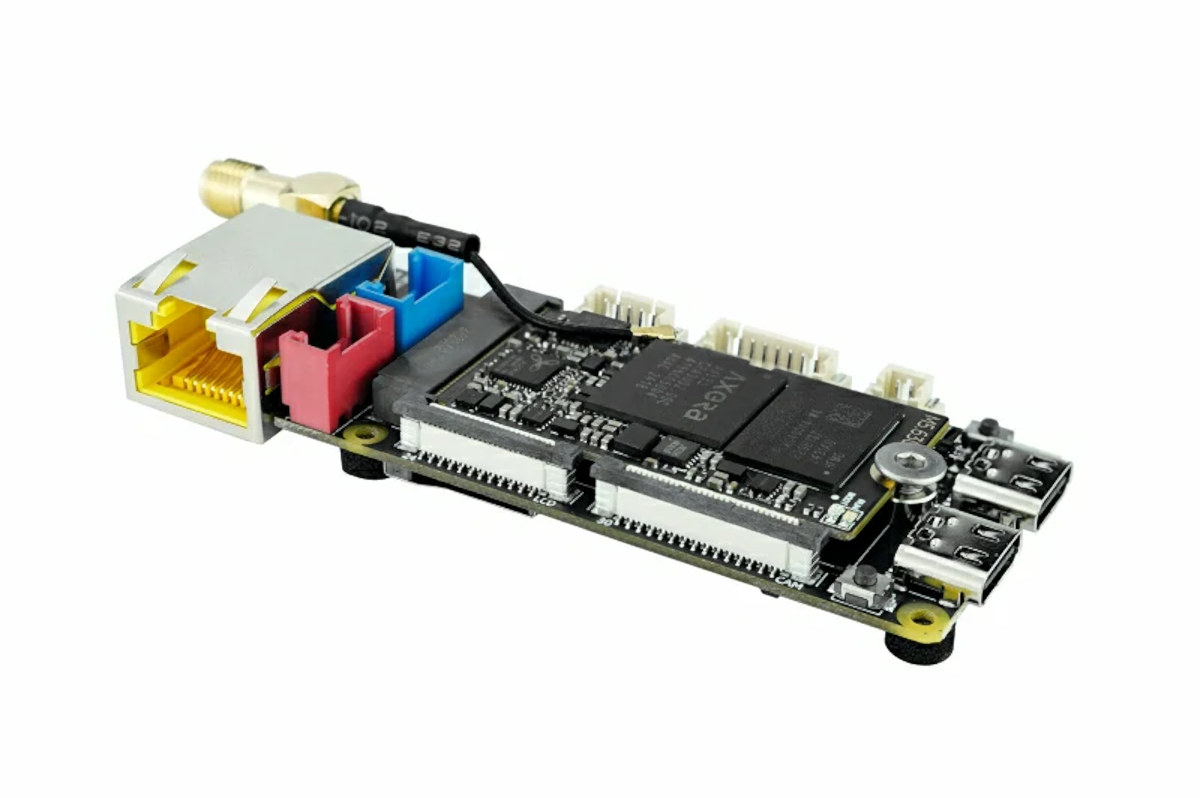BCM Advanced Research has recently introduced two new fanless open-frame panel PCs powered by an Intel Processor N50 CPU – the OFT07W-ADLN (7-inch) and OFT10W-ADLN (10-inch) – which are low-cost all-in-one embedded computers designed for tablet-like usability. Both modules feature 8GB LPDDR5 memory, 64GB eMMC storage, and an M.2 E-key slot for Wi-Fi/Bluetooth connectivity. These panel PCs come with PCAP touchscreens (800×1280 for 7-inch and 1200×1920 for 10-inch) with various connectivity options including USB, HDMI 2.0a, RS-232/485, and Gigabit Ethernet. With 12-24V DC input supply, fanless operation, and a durable steel frame, these compact open-frame panel PCs are meant for space-constrained applications like HMIs, self-service kiosks, gaming consoles, medical terminals, smart vending machines, digital signage, and more. BCM OFT07W-ADLN and OFT10W-ADLN specifications: SoC – Intel Processor N50 dual-core processor up to 3.4 GHz with 6MB cache, 16EU Intel UHD Graphics; TDP: 6W System Memory – Up to 8GB LPDDR5 onboard Storage – […]
SECO’s SMARC-QCS5430 SMARC SoM and devkit feature Qualcomm QCS5430 SoC for Edge AI and 5G applications
SECO has announced early engineering samples for its SOM-SMARC-QCS5430 system-on-module (SoM) and devkit designed to support IoT and edge computing applications. Built around the Qualcomm QCS5430 processor this SMARC-compliant SoM targets industrial automation, robotics, smart cities, and surveillance.
The module also offers dual MIPI-CSI interfaces for camera and connectivity options including USB 3.1, PCIe Gen3, dual GbE, and optional Wi-Fi and Bluetooth. SECO’s DEV-KIT-SMARC industrial devkit includes all the necessary components for rapid prototyping and integration.
Cincoze DC-1300 is a stackable embedded computer powered by Intel Processor N97 or Core i3-N305 Alder Lake-N SoC
Cincoze DC-1300 is an Intel Processor N97 or Core i3-N305 Alder Lake-N embedded computer designed for smart manufacturing that supports stackable expansion boxes (SEBs) that leverage the built-in dual M.2 B Key slots of the system to support various I/O, CAN Bus, and Fieldbus modules. The fanless rugged PC supports up to 16GB DDR5 and M.2 and 2.5-inch SATA storage (no NVMe SSD). It features DisplayPort video output, two 2.5GbE ports, four USB Type-A ports, 3.5mm microphone and line-out audio jacks, and two RS232/RS485 DB9 connectors, and additional display, networking, USB, or DIO interfaces can be added through three CMI module on the main unit and four MEC M.2 card through the optional SEB. Designed for industrial applications, the system supports a wide 9 to 48V DC input and up to -40°C to 70°C temperature range without throttling under load. Cincoze DC-1300 specifications: Alder Lake N-series SoC (one or the […]
u-blox RUBY-W2 is a family of Wi-Fi 7 automotive-grade modules for infotainment and telematics applications
u-blox has recently released the RUBY-W2 series (RUBY-W273-05A and RUBY-W295-05A) of automotive Wi-Fi 7 modules designed for advanced infotainment and telematics applications. These modules support tri-band Wi-Fi 7 and dual-mode Bluetooth 5.4, with up to Gbps (PHY) of throughput, supporting simultaneous use cases for in-car hotspots, Apple CarPlay, and multi-client video streaming. Key features of this module include Multi-Link Operation (MLO) with Dual Band Simultaneous (DBS) and High Band Simultaneous (HBS) modes, 2×2 MU-MIMO, Bluetooth LE Audio, long-range Bluetooth, security with WPA2/3, and secure boot. The modules are based on Qualcomm’s QCA6787AQ or QCA6797AQ automotive chipsets and connect to the host via PCIe for Wi-Fi and UART/PCM for Bluetooth. RUBY-W2 specifications: Chipset Qualcomm QCA6787AQ for RUBY-W273 Qualcomm QCA6797AQ for RUBY-W295) Wireless Tri-band Wi-Fi 7 (802.11 a/b/g/n/ac/ax/be) RUBY-W273 – Dual Band Simultaneous (DBS) (2.4 GHz + 5/6 GHz) RUBY-W295 – High Band Simultaneous (HBS), any two bands (2.4, 5, or 6 […]
Queclink WR310 – A compact 5G and WiFi 6 industrial cellular router with four GbE ports, GNSS, and RS232 and RS485 interfaces
Queclink WR310 5G and WiFi 6 industrial cellular router features four gigabit Ethernet ports, a USB Type-A port, a terminal block with RS232 and RS485, and a wide 8 to 32V DC input suitable for smart manufacturing, industrial IoT (IIoT), and edge computing applications. It looks to be a more compact and cost-optimized version of the Queclink WR300 5G industrial router introduced in 2023 with global 5G coverage. The WR310 has many of the same features, but comes with less memory and storage, one less gigabit Ethernet port, and is available in three models depending on the region of operation: WR310FEU for EMEA, AP, and Brazil regions WR310FAU for LATAM markets WR310FNA for North America Queclink WR310 specifications: SoC – Unspecified Qualcomm dual-core Arm 64-bit Cortex-A53 @ 1.0GHz; likely the Qualcomm IPQ5018 or similar (Note the Qualcomm IPQ8072 quad-core Arm Cortex-A53 @ 2.2 GHz was used in the WR300 5G […]
Toradex launches its first SMARC modules with NXP SoCs for improved compatibility and supply chain
Toradex has introduced its first SMARC-compliant system-on-modules (SoMs) with the SMARC iMX8M Plus and SMARC iMX95 SoMs based on NXP i.MX 8M Plus and NXP i.MX 95 SoC respectively. The company has made proprietary system-on-modules for years with the Colibri, Apalis, Aquila, and Verdin families. Those typically are cost-optimized and use most or all I/Os from the selected SoC, but customers are tied to one supplier: Toradex. To offer more flexibility, the company decided to introduce its first standardized system-on-modules by selecting the SMARC 2.2 standard for compatibility with existing SMARC-compliant carrier boards and adding the Swiss company as an alternative supplier. Highlights of the SMARC iMX8M Plus module: SoC – NXP i.MX 8M Plus CPU Quad-core ARM Cortex-A53 application processor @ 1.6 GHz Arm Cortex-M7 real-time core @ 800 MHz GPU – Vivante GC380 2D GPU and GC7000UL 3D GPU VPU – 1080p60 video decoder & encoder AI accelerator […]
Vecow ECX-4000 – Intel Core Ultra 200S-powered fanless Edge AI embedded system features up to 9 Ethernet ports
Taiwan-based company Vecow has recently launched the ECX-4000 series, an Intel Core Ultra 200S-powered fanless Edge AI embedded system with up to nine Ethernet ports including two 10G SFP+ cages, five 2.5GbE ports (with 4 supporting PoE+), and a gigabit Ethernet jack, SUMIT (Stackable Unified Module Interconnect Technology) expansion, and a 9V to 50V DC redundant power input. The ECX-4000 supports the whole line of Intel Core Ultra 200S Series of Processors (Arrow Lake). It comes with W880 PCH which gives access to various I/O options including USB 3.2 Gen 2 ports, RS-232/422/485 serial ports, sixteen isolated digital I/O (8x input, 8x output, optional), DisplayPort, HDMI, and DVI-I video outputs. Additionally, it offers M.2 Key B and Key E sockets for wireless modules, and expansion options including multiple storage interfaces such as SATA III ports and an M.2 Key-M socket. The system also features a range of power and remote […]
M5Stack LLM630 Compute Kit features Axera AX630C Edge AI SoC for on-device LLM and computer vision processing
M5Stack LLM630 Compute Kit is an Edge AI development platform powered by Axera Tech AX630C AI SoC with a 3.2 TOPS NPU designed to run computer vision (CV) and large language model (LLM) tasks at the edge, in other words, on the device itself without access to the cloud. The LLM630 Compute Kit is also equipped with 4GB LPDDR4 and 32GB eMMC flash and supports both wired and wireless connectivity thanks to a JL2101-N040C Gigabit Ethernet chip and an ESP32-C6 module for 2.4GHz WiFi 6 connectivity. You can also connect a display and a camera through MIPI DSI and CSI connectors. M5Stack LLM630 Compute Kit specifications: SoC – Axera Tech (Aixin in China) AX630C CPU – Dual-core Arm Cortex-A53 @ 1.2 GHz; 32KB I-Cache, 32KB D-Cache, 256KB L2 Cache NPU – 12.8 TOPS @ INT4 (max), 3.2 TOPS @ INT8 ISP – 4K @ 30fps Video – Encoding: 4K; Decoding:1080p […]


